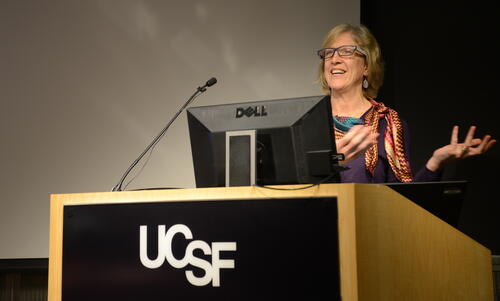Determining the cost-effectiveness of an innvovative cancer therapy for children
A cutting-edge treatment for blood cancer in children with promising short-term remission rates has nevertheless come under intense scrutiny due to its unprecedented cost.
Acute lymphoblastic leukemia (ALL) is the most commonly diagnosed pediatric cancer. Though treatment advances have driven five-year survival rates above 90 percent, relapse is common and ALL remains a leading cause of death from childhood cancer. Those surviving relapse typically require hematopoietic stem cell transplant (HSCT) to remain in remission.
The Food and Drug Administration last year approved tisagenlecleucel as the first anti-CD19 CAR T-cell therapy for relapsed or refractory pediatric ALL. While tisagenlecleucel-induced remission rates are encouraging compared with those of established therapies — more than 80 percent compared with less than 50 percent — a one-time infusion costs $475,000.
That makes it one of the most expensive oncologic therapies out there, even though no studies exist to show how the therapy maintains remission in the long term.
So Stanford Health Policy’s John K. Lin, Jeremy Goldhaber-Fiebert and Douglas K. Owens, in collaboration with Kara Davis, an assistant professor of pediatrics at Stanford’s Lucile Packard Children’s Hospital, set out to determine whether the treatment is cost-effective.
Their study was recently published in the Journal of Clinical Oncology.
“CAR-T cells are an exciting new therapy to help us cure more patients with ALL,” said Davis. “They use a patient’s own immune system to precisely target their leukemia and remission rates are impressive for patients with relapsed disease.”
The researchers note, however, it remains unknown whether tisagenlecleucel is sufficient to cure relapsed or refractory disease without a transplant.
Not only is it a very expensive treatment, it also has expensive and serious side effects, such as cytokine release syndrome, which can cause symptoms ranging from fevers and muscle aches to lethal drops in blood pressure and difficulty breathing, requiring ICU-level care.
“Given [its] high cost and broad applicability in other malignancies, a pressing question for policymakers, payers, and clinicians is whether the therapy’s cost represents reasonable value,” the authors wrote.
In order to evaluate the economic value of tisagenlecleucel, the authors created a computer simulation that modeled children with relapsed or refractory ALL. Since the durability of the therapy’s effects are unknown, they evaluated the therapy at different levels of long-term effectiveness.
Through their analyses, the authors found that at the simulation’s most optimistic projections, patients receiving tisagenlecleucel would, on average, live over a decade longer than those receiving alternative therapies. At these projections, the therapy would be cost-effective. However, at more modest long-term outcomes, its clinical and economic benefits declined.

“The durability of CAR-T cell therapy is the main question. For many children with relapsed or refractory ALL, their disease is fatal — if the therapy results in sustained remissions, it would represent an important advance,” said lead author Lin, who is a VA Health Services Research and Development Fellow at Stanford Health Policy.
In the end, the researchers concluded that at tisagenlecleucel’s current price, its economic value is “uncertain,” as the true cost-effectiveness depends on its long-term performance, which has yet to be determined. They noted that substantial price reductions would improve its cost-effectiveness even if its long-term performance is relatively modest.
“A commonly asked question for many expensive, novel therapies is why can’t prices be lowered at least until we know how well they work,” said Goldhaber-Fiebert.
The “Catch-22” here is that long-term effectiveness data are needed to justify a drug’s price, but current uncertainty about its effectiveness, along with its high price, means developing the data to justify its price occurs much more slowly.
“CAR-T is an individually tailored treatment that has thus far been produced for a relatively small number of patients,” Goldhaber-Fiebert said. “Its current production costs may well be very high, and certainly the companies that have spent heavily on its research and development are interested in achieving returns on their investments.”
When the effectiveness of a therapy is uncertain, some pharmaceutical companies and health policy experts have proposed something called outcomes-based payment, which is essentially a “money-back guarantee” if the therapy doesn’t work as intended.
Novartis, which developed tisagenlecleucel, has a money-back guarantee; if the patient does not achieve initial remission within the first month, they are not responsible for the payment of the therapy.
“However, we find that because most children have an initial remission, this does not materially improve cost-effectiveness,” Lin said.
He suggested that if the money-back guarantee were extended to see whether the patient relapses within a year, such a guarantee would improve the treatment’s cost-effectiveness.
The other co-authors of the study are James I. Barnes, Alex Q.L. Robinson, Benjamin J. Lerman, Brian C. Boursiquot and Yuan Jin Tan.

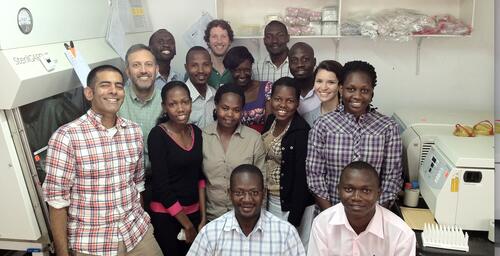
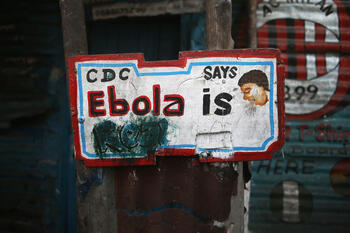
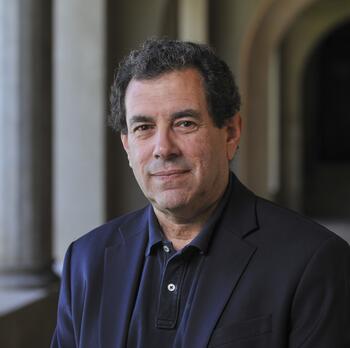
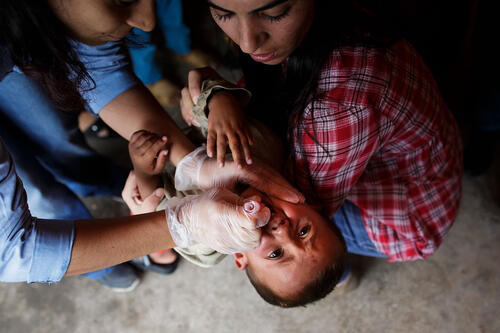

 Eugene Lin
Eugene Lin